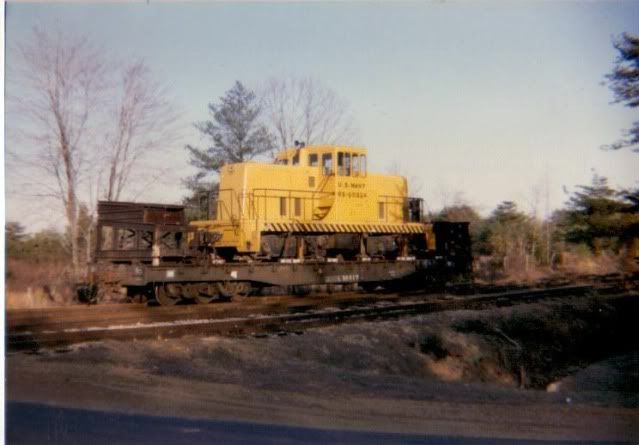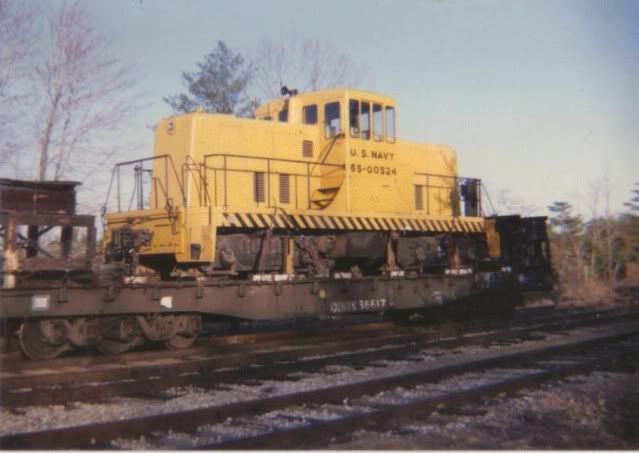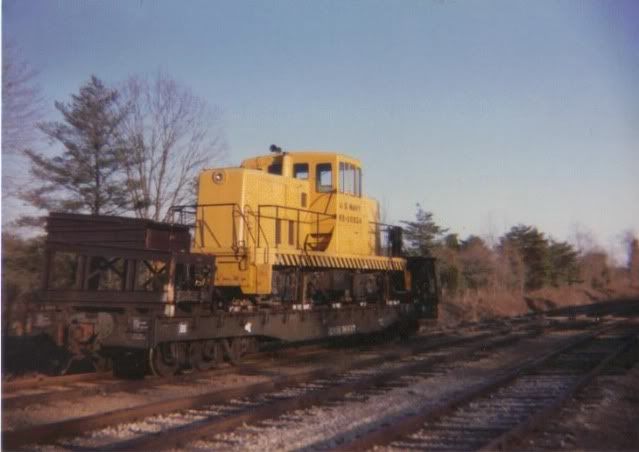I am looking for photos showing the ramps on these cars. I'm considering building a set of ramps to load an 80 tonner onto a flatcar for transport, and since the military has already done it my best bet is to just copy their design.
Are these three cars still on the DODX roster and in use?
Thanks
Are these three cars still on the DODX roster and in use?
Thanks


